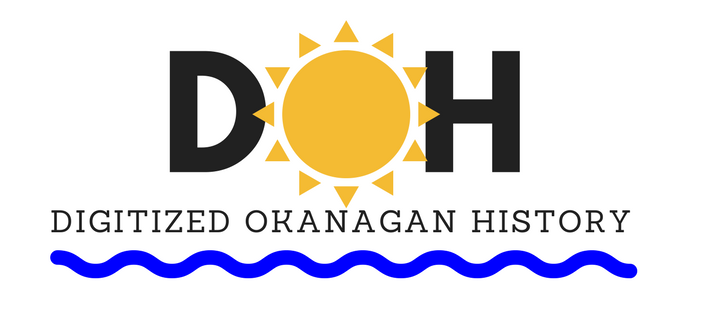I’m the “Geek Squad” of our project: as a computer science student, it’s my task to scope out the digital records and scanned documents of the community repositories we visit, and migrate these to an Excel spreadsheet so that our team can easily check and supplement their records for items they’ve scanned. Every museum has unique holdings, and the time it can devote to scanning and archival description depends upon its staff and financial resources. Some museums run on volunteers, whereas others have professional archivists. Many maintain Microsoft Access databases with metadata – data about data, or in other words, records describing the items (mostly photos) that we will scan. Others use software written especially for museums, or simply keep their records in a Word document.
My job on arrival at a repository is to talk to the resident tech expert about the museum’s record-keeping software and practices. I copy any scans the Museum has on site to our external hard drive, and export any metadata to an Excel document. Easy-peasy, right? Yes, usually, but when I have to extract data from a Word or text document, I sometimes feel like an archaeologist trying to get an ancient script to give up its secrets!
Finally, to complete the migration process, I “map” the fields in the repository’s database to the terms that we use. We follow the Qualified Dublin Core (DC) standard for archival description, which specifies the metadata fields we use … for more information, see http://dublincore.org/. For the formatting of data, we refer to Resource Description and Access (RDA), a set of guidelines for cataloguing intended for libraries and other cultural institutions. The repositories we work with, however, don’t necessarily follow the same rules as we do — hence the need to “massage” the data.
Helping with data migration has proved to be one of the most interesting and challenging parts of my position, and I have a hunch that this skill will serve me well in my future career!
